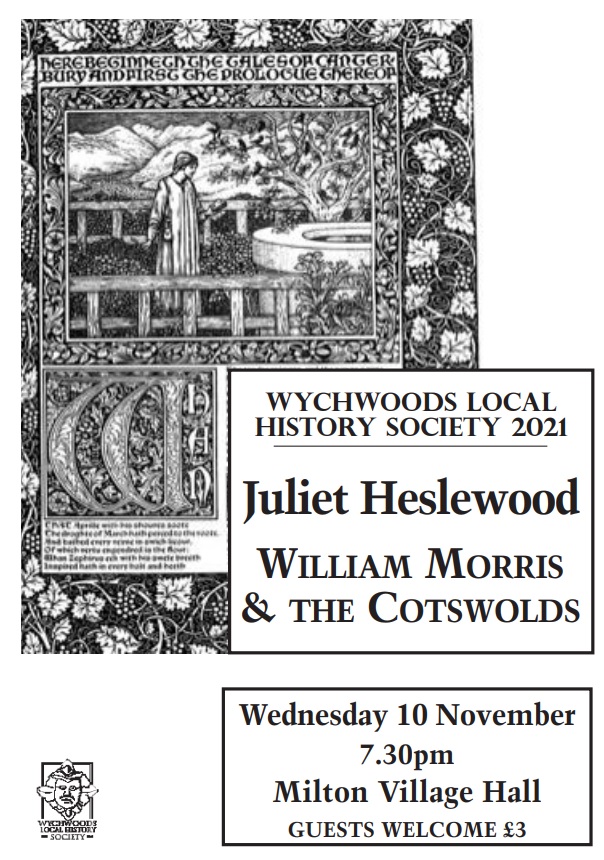
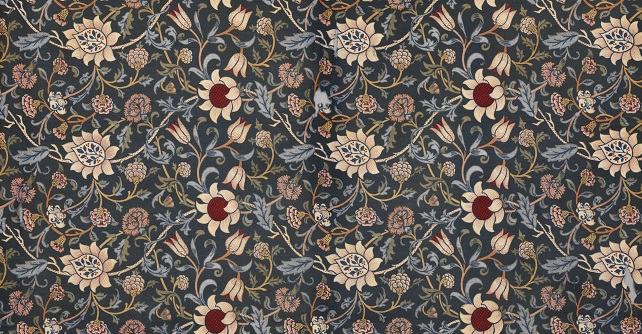
The Society’s second talk of the 2021/22 season was again held in the Village Hall. There was a pleasing attendance with 30+ members and guests – and with some newcomers included.
The speaker was Juliet Heslewood whose topic was William Morris and the Cotswolds. This was a nicely structured talk around some key elements of William Morris’ connection with Cotswolds landmarks.
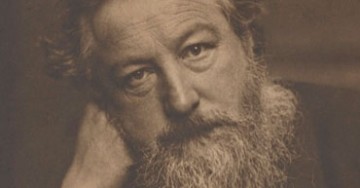
Early Life and Influences
Though he was born in London and had childhood years in Essex, it was clear that a major influence on Morris’ creative mindset derived from his time at Exeter College in Oxford. Surrounded as he was with medievalist architecture and imagery, both in Oxford itself, and on regular visits to local churches, he became less interested in his studies in theology and more immersed in the medieval aesthetic which surrounded him. A protracted visit to Northern France and exposure to the great cathedral art and architecture there further cemented the decision to abandon theological studies.
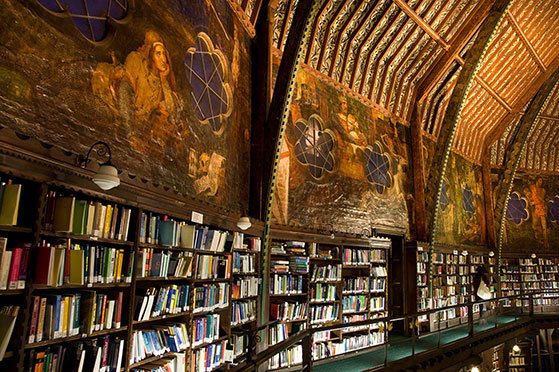
The Pre-Raphaelites
With the blossoming friendship with Edward Burne-Jones – a fellow-student at Exeter College – a creative relationship flowered. The pair soon met with Dante Gabriel Rosetti, when joining him on a project to design and paint the panels in the Oxford Union Library in 1857, richly illustrated in Juliet’s talk. It was through the influence of Rossetti, that the friendship between Morris and Burne-Jones would lead to the birth of the Pre-Raphaelite movement. The group mapped those early medievalist influences onto an interest in Arthurian Legends and the concept of Brotherhood.
At this time Rosetti and Burne-Jones came across Jane Burden, a stableman’s daughter, at a theatre event in Oxford. Struck by her unusual beauty they invited her to model for the Oxford Union Library murals. Thus Jane Burden’s destiny was set in motion as she soon became William Morris’ wife and muse. Juliet remarked on the irony of the triangle between Arthur, Lancelot and Guinevere finding its reflection in the relationships between Jane, Morris and Rosetti.
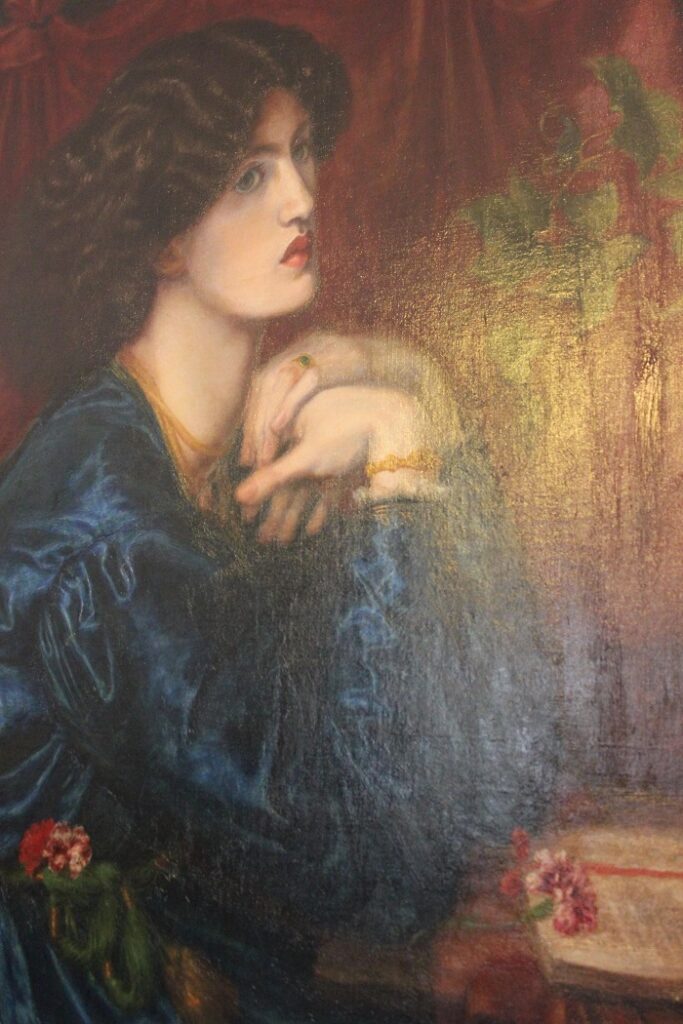
Cotswold Churches and Stained-Glass Window Design
With this as the background, Juliet took us through the many images and examples of the designs of the Pre-Raphaelites in the stained glass windows of churches in the Cotswolds. The challenges of the window shapes to the designers were palpable but led to a unique style and approach which is instantly recognisable. Examples included Selsey Church near Stroud , Bloxham church’s East Window , Middleton Cheney and in particular its images of the fiery furnace in the Book of Daniel.
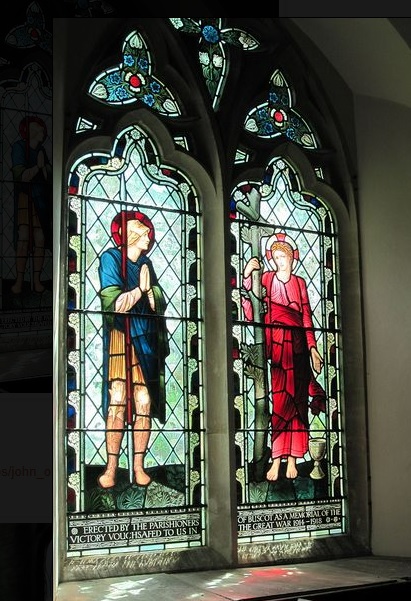
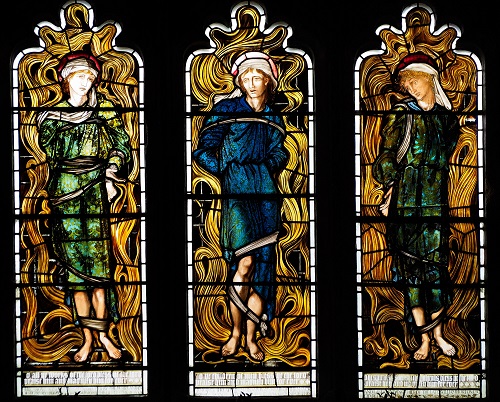
Focus on Kelmscott and Broadway Tower
Much focus of course was on William Morris’ house at Kelmscott, and stories of his travels from London to enjoy family summers at the house, exploring and immersing himself in local life.
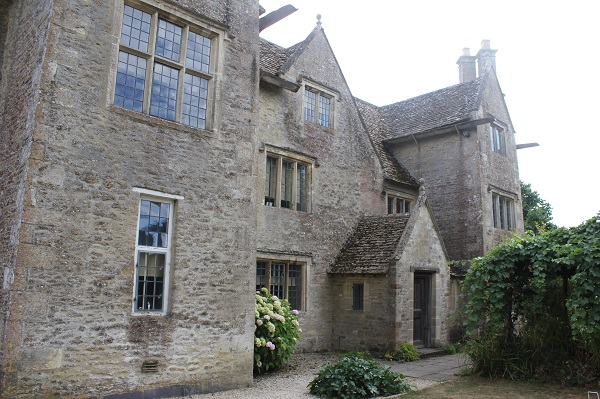
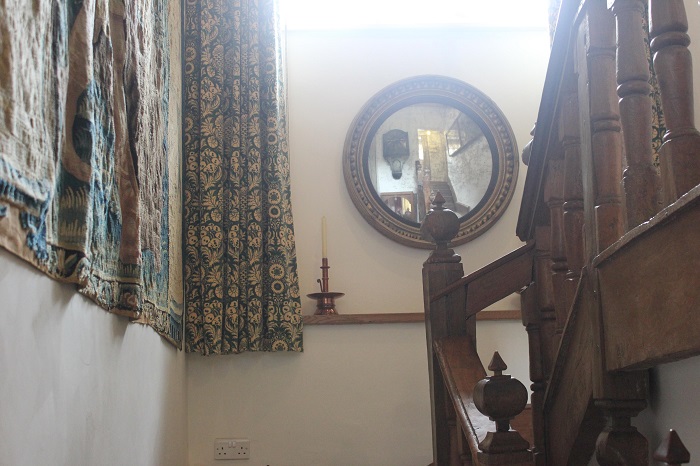
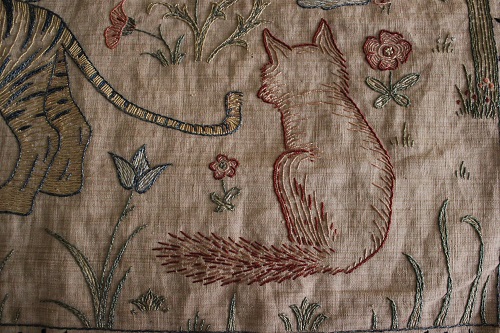
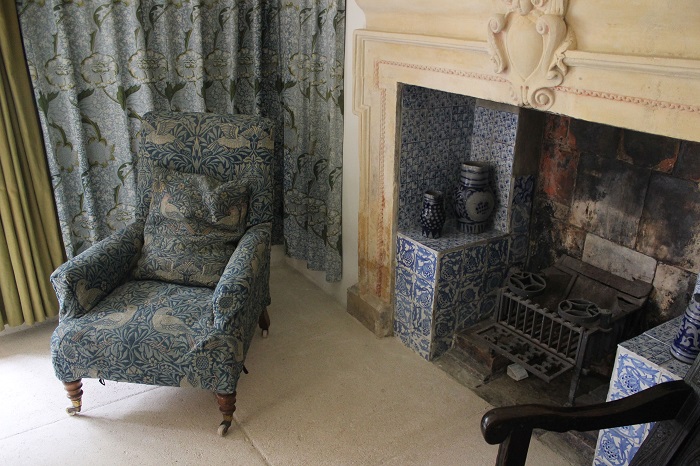
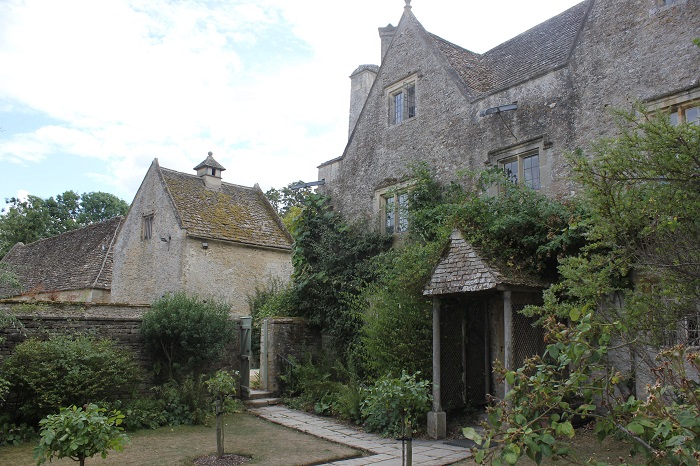
Also of great interest are the tales of the regular visits to Broadway Tower during these family summer Kelmscott idylls. By the mid-1870s the tower was rented by C J Stone and Cormell Price, the latter being headmaster of the United Services College at Westward Ho! Morris made several visits to stay, delighting in the wildness of the place. He also took his daughters Jenny & May to visit the folly and they were enchanted by the sense of freedom there. He loved the top of the tower with its view into 16 counties.
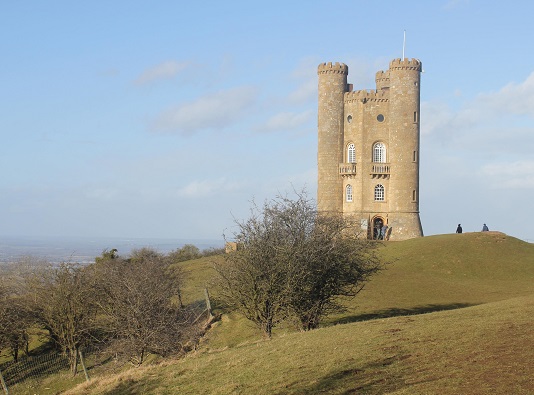
Society for the Protection of Ancient Buildings
Of particular interest, and a reminder of William Morris as a champion of tradition, was his love for and support of the ancient church of St John the Baptist at Inglesham . Morris oversaw St John’s restoration in the nineteenth century, ensuring it kept its original medieval identity.
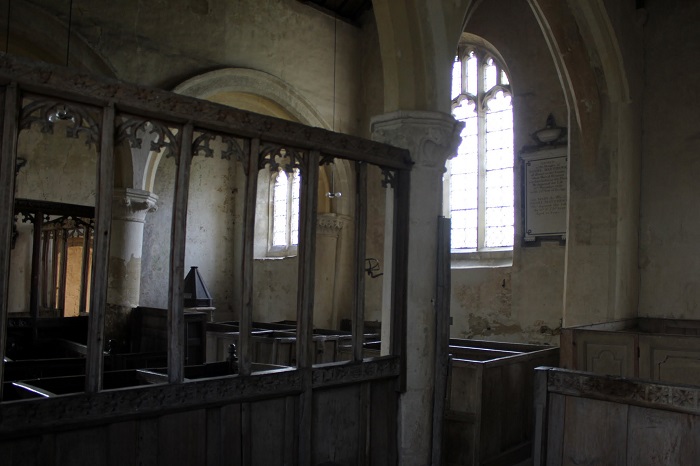
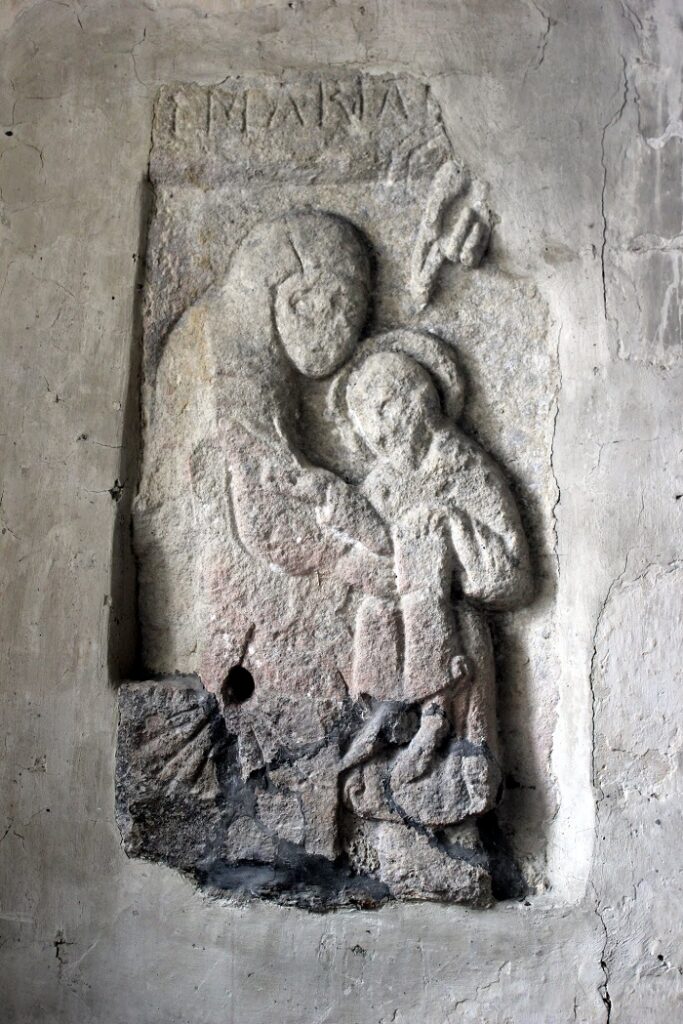
This was a standout example of his opposition to a perceived thoughtlessness in the Victorian ‘restorations’ of medieval churches which was exemplified by his response to work done on the tiled floor of Burford’s St John the Baptist. Out of this experience, Morris formed the Society for the Protection of Ancient Buildings (SPAB – which is still active today).
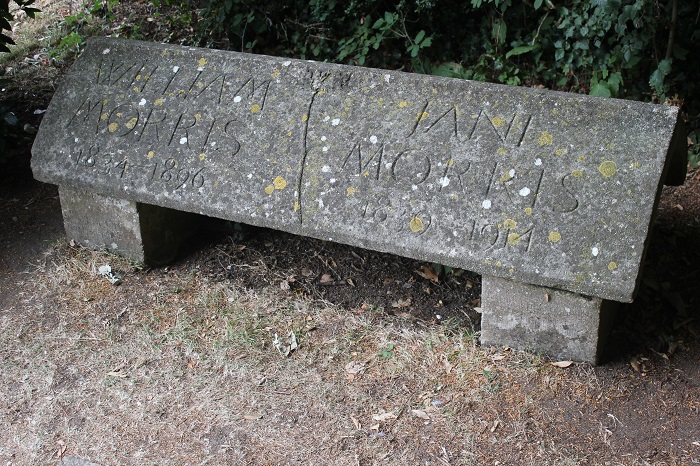
Juliet’s rich and rewarding survey – of which these are a selected set of examples – was followed by many questions and observations from the group, ending another enjoyable gathering for the Society
About Juliet Heslewood
Juliet studied History of Art and English Literature at London University. She lived in France for nearly thirty years where she wrote many books, including The History of Western Painting for young people, that was translated into 12 languages. While there she gained an MA in English Literature at Toulouse University. She has devised and led art study tours in six different regions in France and now, returned to England, she devotes much time to writing.
Images © David Betterton except where indicated

